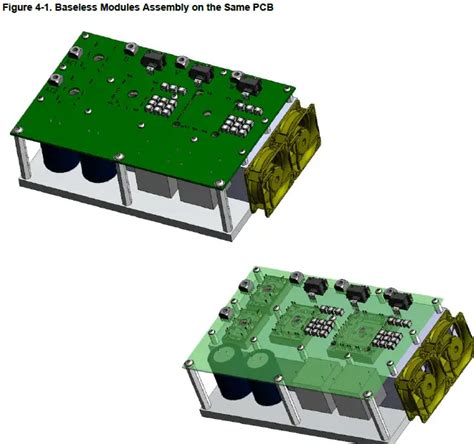Microchip Mounting Systems: A Comprehensive Guide to Secure and Efficient Interconnections
Introduction
Microchips, the miniature electronic devices that power modern technologies, require precise and reliable mounting systems to ensure optimal performance. A microchip mounting system facilitates the secure attachment of the microchip to its supporting substrate, enabling electrical connectivity and protection against environmental factors.
Types of Microchip Mounting Systems
There are several types of microchip mounting systems available, each with its own advantages and disadvantages:
| Type |
Description |
Advantages |
Disadvantages |
| Through-Hole Mounting (THM) |
Microchip leads are inserted through holes in the substrate |
Cost-effective |
Requires drilling holes, which can weaken the substrate |
| Surface-Mount Technology (SMT) |
Microchip is soldered directly to the surface of the substrate |
High-density packaging, automated assembly |
Requires specialized equipment, can be more expensive than THM |
| Ball Grid Array (BGA) |
Microchip has solder balls on the bottom that connect to pads on the substrate |
High-pin-count, improved signal integrity |
Difficult to rework, requires advanced manufacturing techniques |
| Leadless Chip Carrier (LCC) |
Microchip has no leads and is mounted directly on the substrate using solder paste |
Small footprint, high heat dissipation |
Difficult to inspect and troubleshoot |
| Multi-Chip Module (MCM) |
Multiple microchips are mounted on a single substrate |
Reduced size and improved performance |
Complex assembly, high cost |
Factors to Consider When Selecting a Microchip Mounting System
When selecting a microchip mounting system, it is crucial to consider the following factors:
-
Device Size and Pin Count: The system must accommodate the size and pin count of the microchip.
-
Substrate Material: The substrate material must be compatible with the mounting system and provide adequate support.
-
Environmental Conditions: The system must withstand the environmental conditions in which the device will be operated.
-
Cost and Manufacturing Constraints: The system should be cost-effective and compatible with existing manufacturing processes.
Benefits of Using a Microchip Mounting System
An effective microchip mounting system offers numerous benefits:

-
Secure Attachment: Ensures the secure attachment of the microchip to the substrate, preventing movement and damage.
-
Electrical Connectivity: Provides reliable electrical connections between the microchip and the substrate.
-
Protection from Environmental Factors: Shields the microchip from moisture, dust, vibration, and other environmental hazards.
-
Heat Dissipation: Facilitates heat dissipation from the microchip, preventing overheating.
-
Signal Integrity: Maintains signal integrity by minimizing noise and distortion.
Common Mistakes to Avoid in Microchip Mounting
To ensure the reliability and performance of the microchip mounting system, it is essential to avoid the following common mistakes:

-
Insufficient Solder: Applying insufficient solder can result in poor electrical connections and detachment.
-
Excess Solder: Excess solder can create bridges and shorts, causing malfunctions.
-
Misaligned Components: Improperly aligned microchips can lead to incorrect connections and reduced functionality.
-
Overheating: Excessive heat during the soldering process can damage the microchip or its components.
-
Inadequate Cleaning: Failure to remove flux or other contaminants can cause corrosion and performance issues.
Effective Strategies for Secure Microchip Mounting
Adopting the following strategies can significantly improve the reliability and effectiveness of microchip mounting:
-
Use High-Quality Materials: Opt for high-grade substrates and solder to ensure durability and longevity.
-
Properly Solder: Follow recommended soldering techniques to achieve optimal electrical connections.
-
Utilize Mechanical Supports: Employ mechanical supports, such as clips or adhesives, to enhance stability and prevent movement.
-
Inspect and Test Thoroughly: Conduct thorough inspections and tests to verify the integrity of the mounting system before deployment.
-
Train Technicians: Provide comprehensive training to technicians involved in the microchip mounting process.
Conclusion
A reliable and efficient microchip mounting system is essential for the proper functioning of electronic devices. By considering the factors discussed in this article, selecting the appropriate type of system, and avoiding common mistakes, designers and manufacturers can optimize their microchip mounting strategies. This ensures the secure and reliable interconnection of microchips, maximizing their performance and extending their lifespan.


